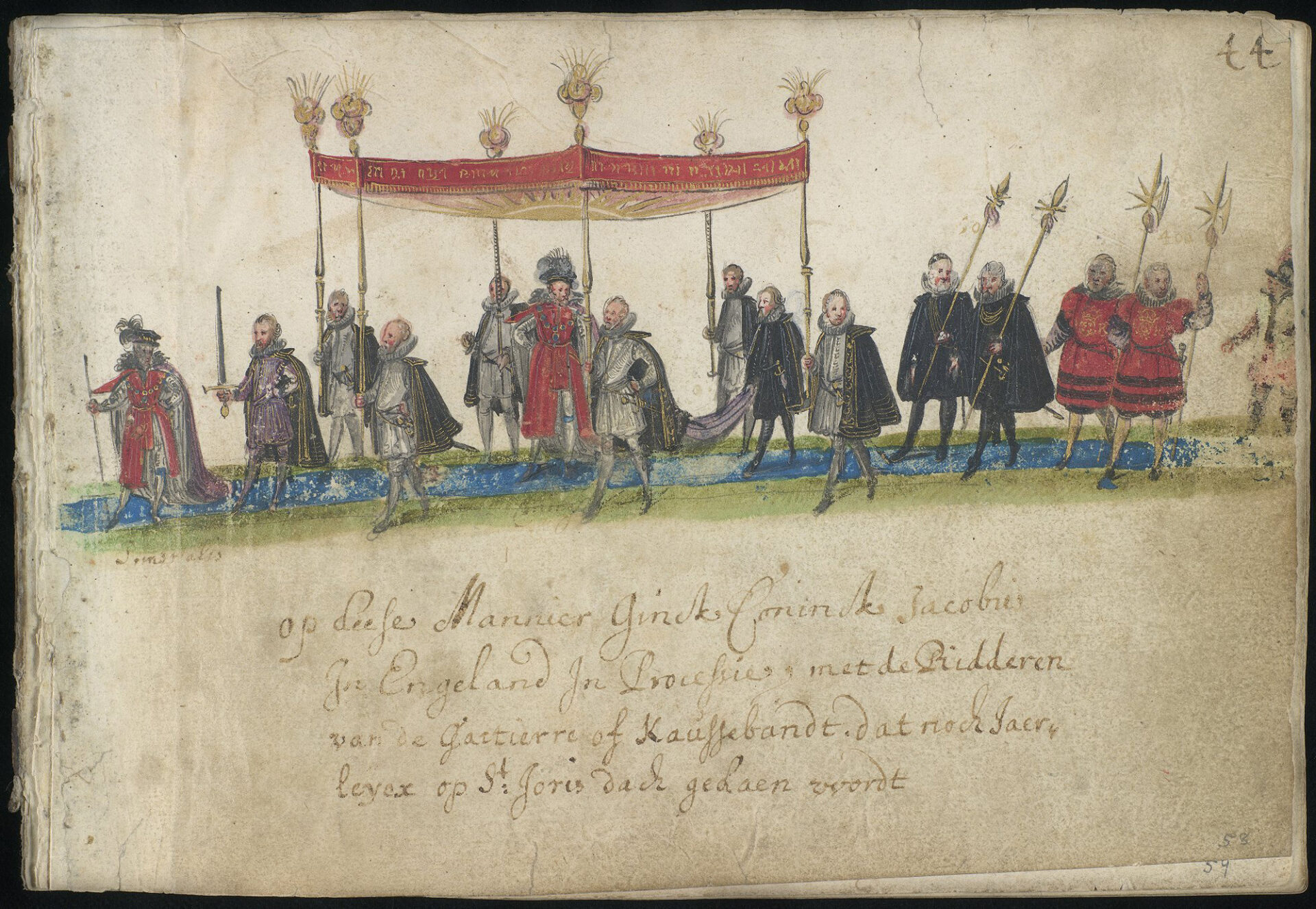The Restoration of 1660 left Parliament essentially supreme but attempted to undo some of the work of the Revolution. Anglicanism was restored in England and Ireland, though not as a state church in Scotland. Protestants who would not accept the Church of England were termed dissenters. Although they suffered many legal disabilities, dissenters remained numerous, especially among artisans and middle-class merchants.
As time went on they grew powerful, so that the noncomformist conscience became a major factor in English public life. Indeed, the three-century progression of names by which these non- Anglican Protestants were called shows their rise in status: the hostile term “dissenter” became “nonconformist” in the nineteenth century, and “free churchman” in the twentieth.
The Restoration was also a revulsion against Puritan ways. The reign of Charles II (r. 1660-1685) was a period of moral looseness, of lively court life, of Restoration drama with its ribald wit, and of the public pursuit of pleasure, at least among the upper classes.
But the new Stuarts were not as adept at public relations as the Tudors had been. Charles II dissipated some of the fund of goodwill with which he started by following a foreign policy that seemed to patriotic Englishmen too subservient to Louis XIV. Yet Charles’s alliance with Louis in 1670 did result in the extinction of any Dutch threat to English sea power, and it confirmed an important English acquisition, that of New Amsterdam, now New York, first taken in the AngloDutch War of 1664-1667.
What really undid the later Stuarts and revealed their political ineptitude was the Catholic problem. Charles II had come under Catholic influence through his French mother and probably became a Catholic before he died in 1685. Since he left no legitimate children, the crown passed to his brother, James II (16851688), who was already an open Catholic. To enlist the support of the dissenters for the toleration of Catholics, James II issued in 1687 a Declaration of Indulgence, granting freedom of worship to all denominations in England and Scotland.
While this was, in the abstract, an admirable step toward full religious liberty, to the majority in England Catholicism still seemed a great menace, and it was always possible to stir them to an irrational pitch by an appeal to their fear of “popery.” Actually, by the end of the seventeenth century the few remaining Catholics in England were glad to accept the status of the dissenters and were no real danger to an overwhelmingly Protestant country. In Ireland, however, the Catholics remained an unappeasable majority, and Ireland posed a genuine threat.
The political situation was much like that under Charles I: the Crown had one goal, Parliament another. Although James II made no attempt to dissolve Parliament or to arrest its members, he went over Parliament’s head by issuing decrees based on what he called the “power of dispensation.” Early in his reign he had used a minor rebellion by the duke of Monmouth, a bastard son of Charles II, as the excuse for two ominous policies.
First, his judges punished suspected rebel sympathizers with a severity that seemed out of all proportion to the extent of the rebellion. Second, he created a standing army of thirty thousand men, part of which he stationed near London in what appeared as an attempt to intimidate the capital. To contemporaries it looked as though James were plotting to force both Catholicism and divine-right monarchy on an unwilling England.

